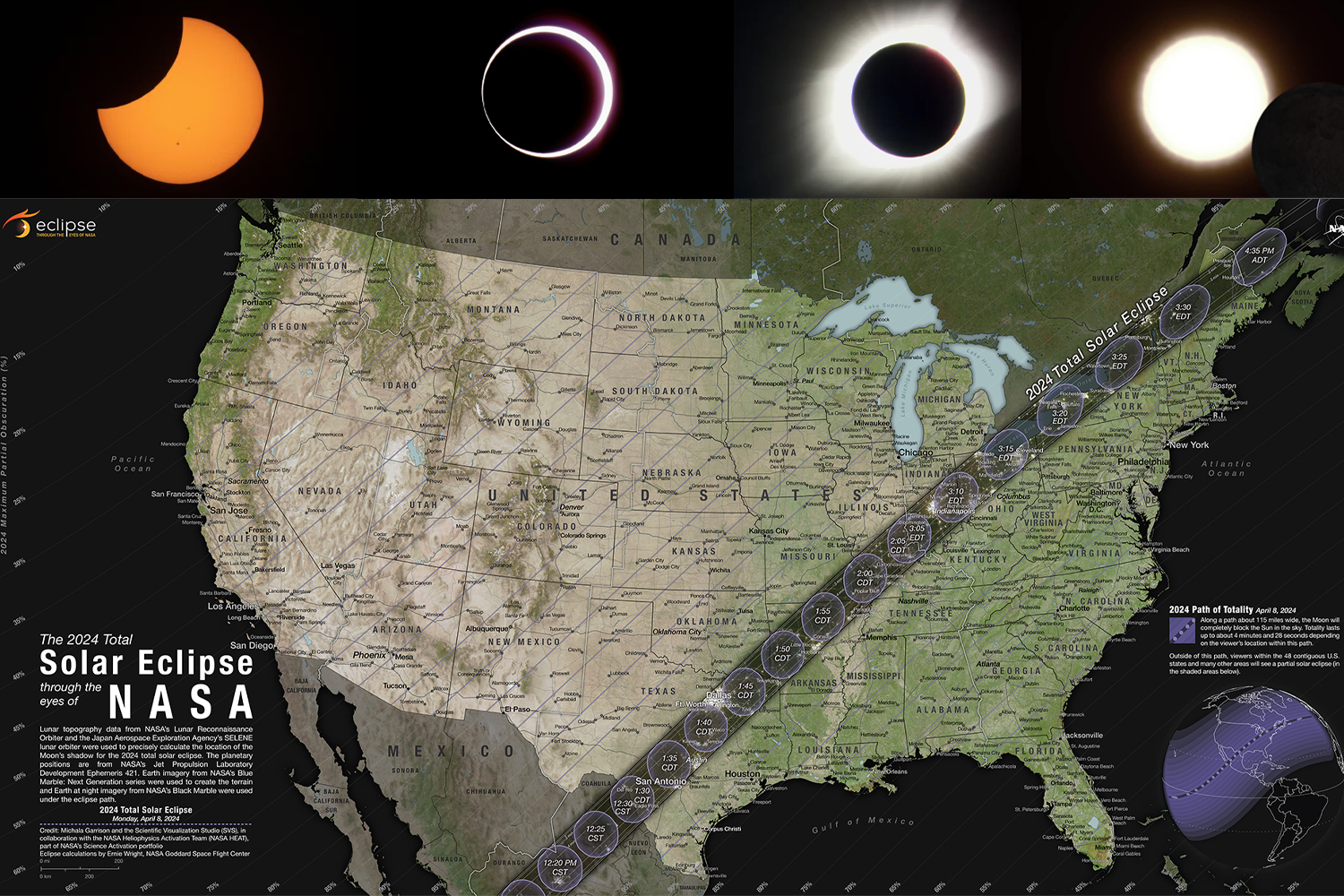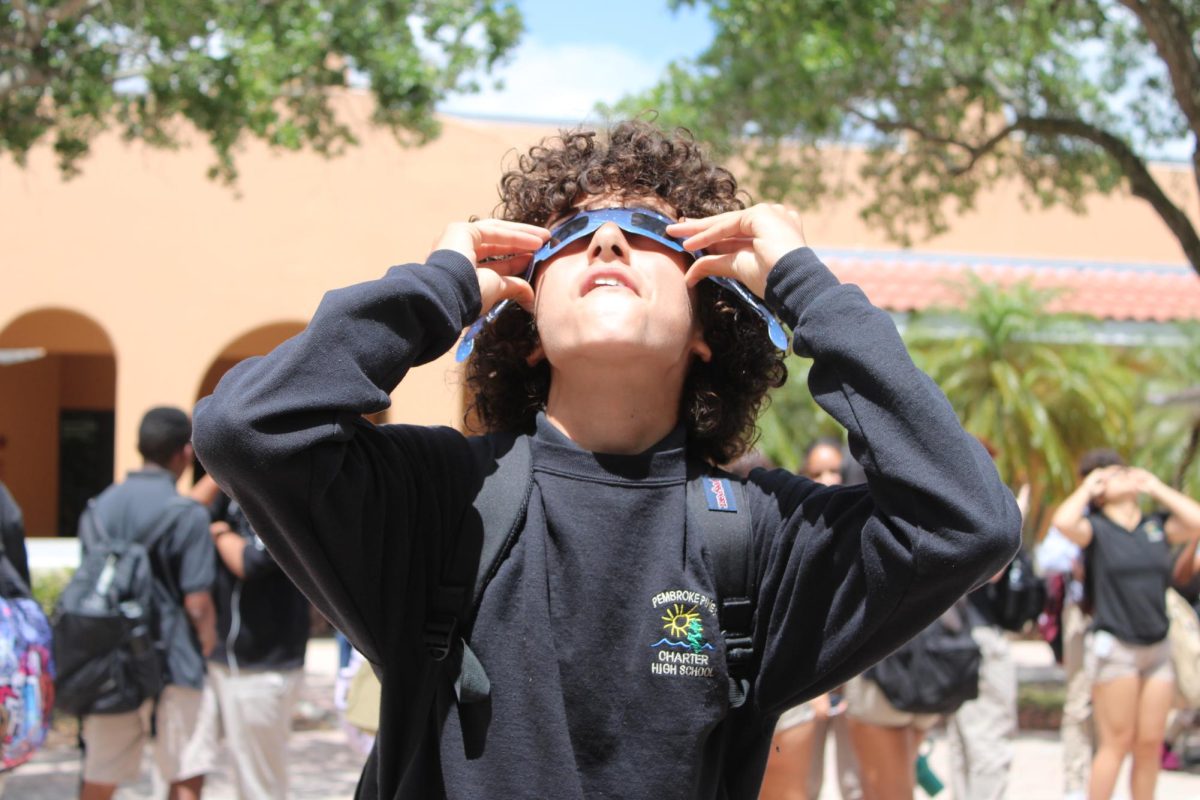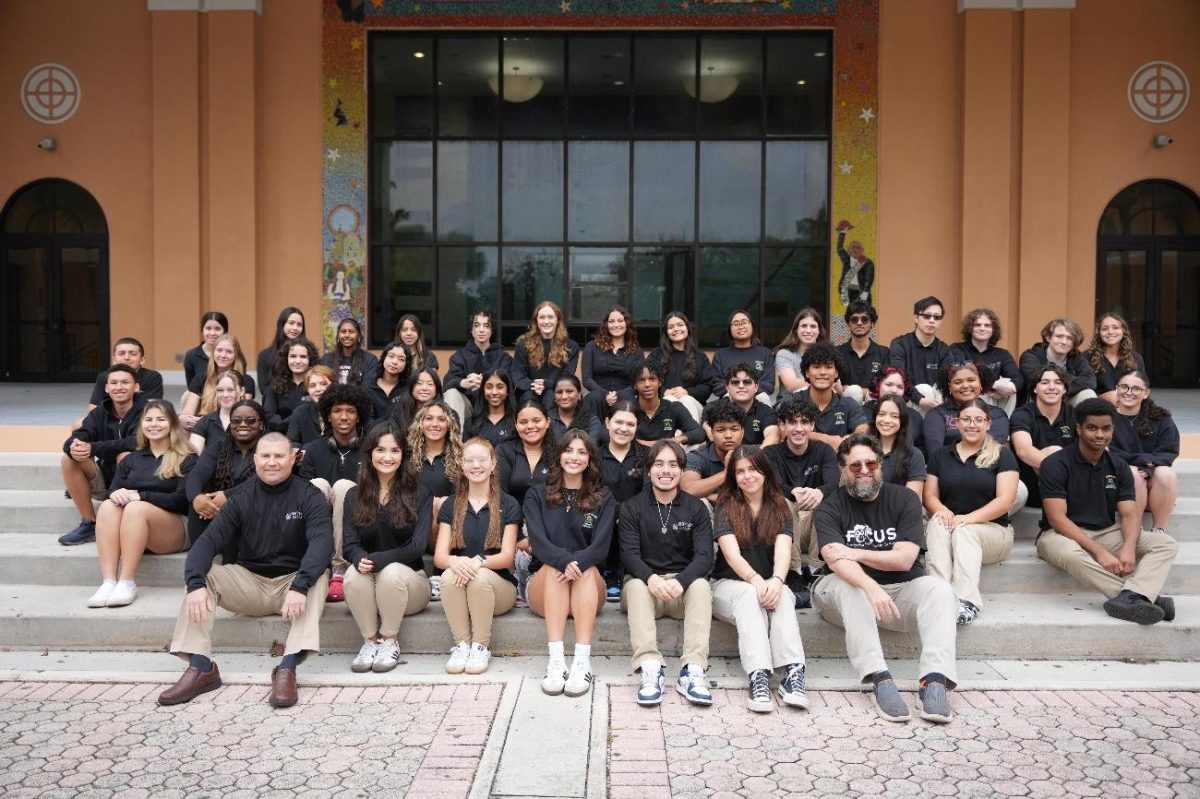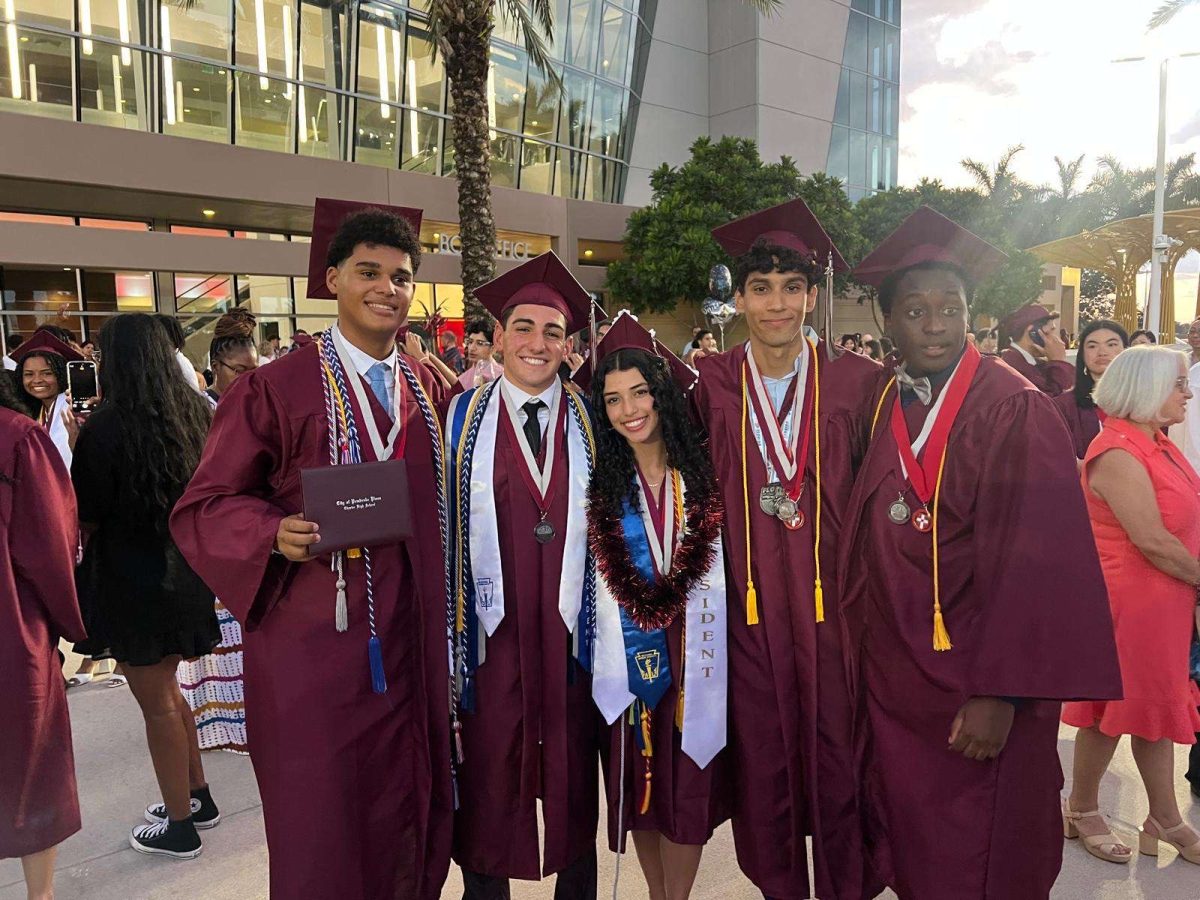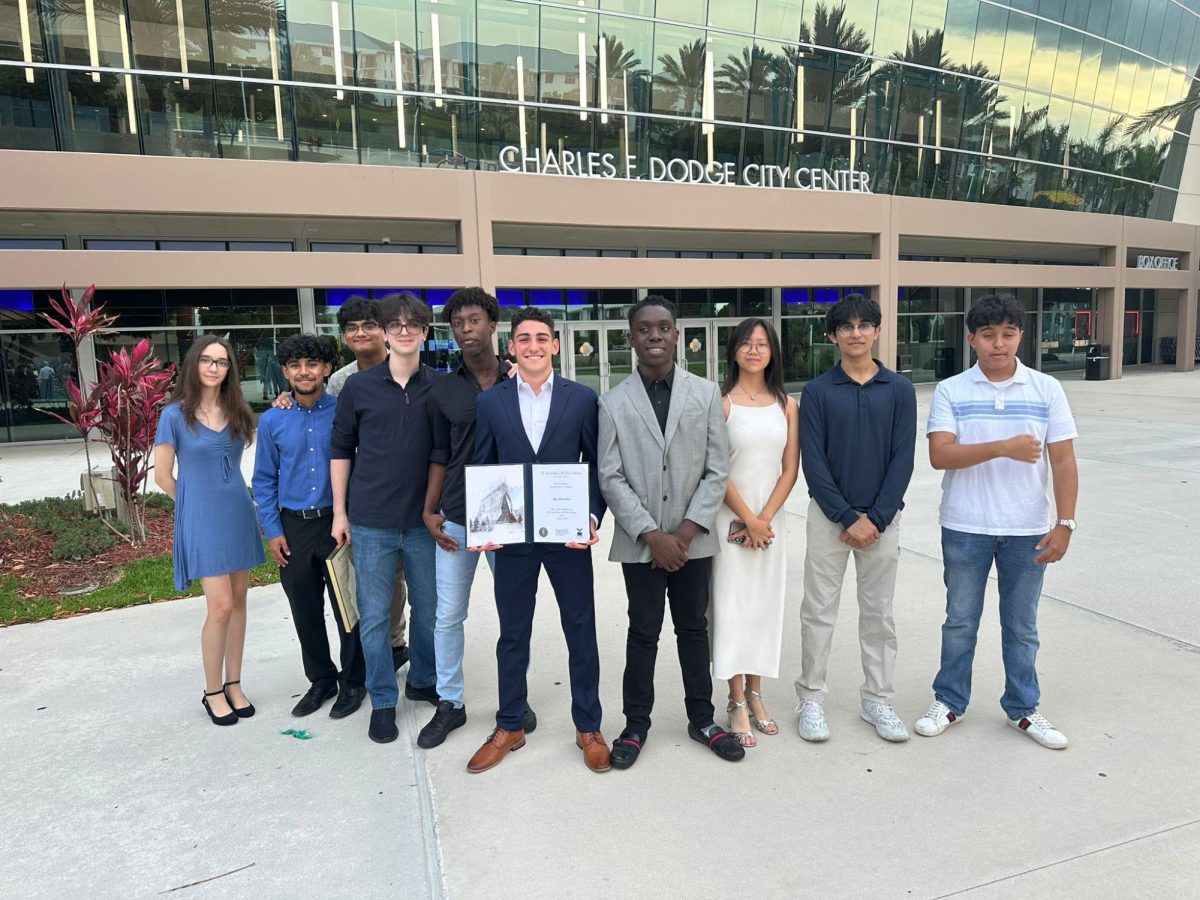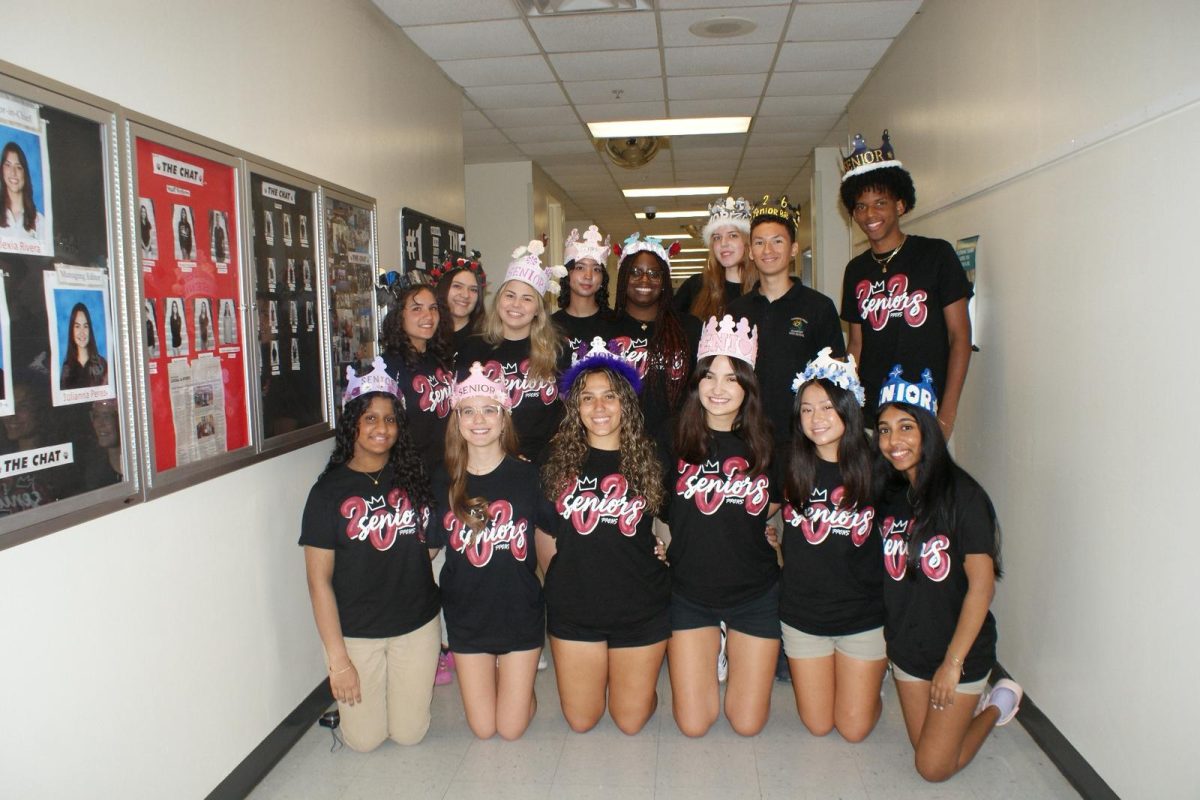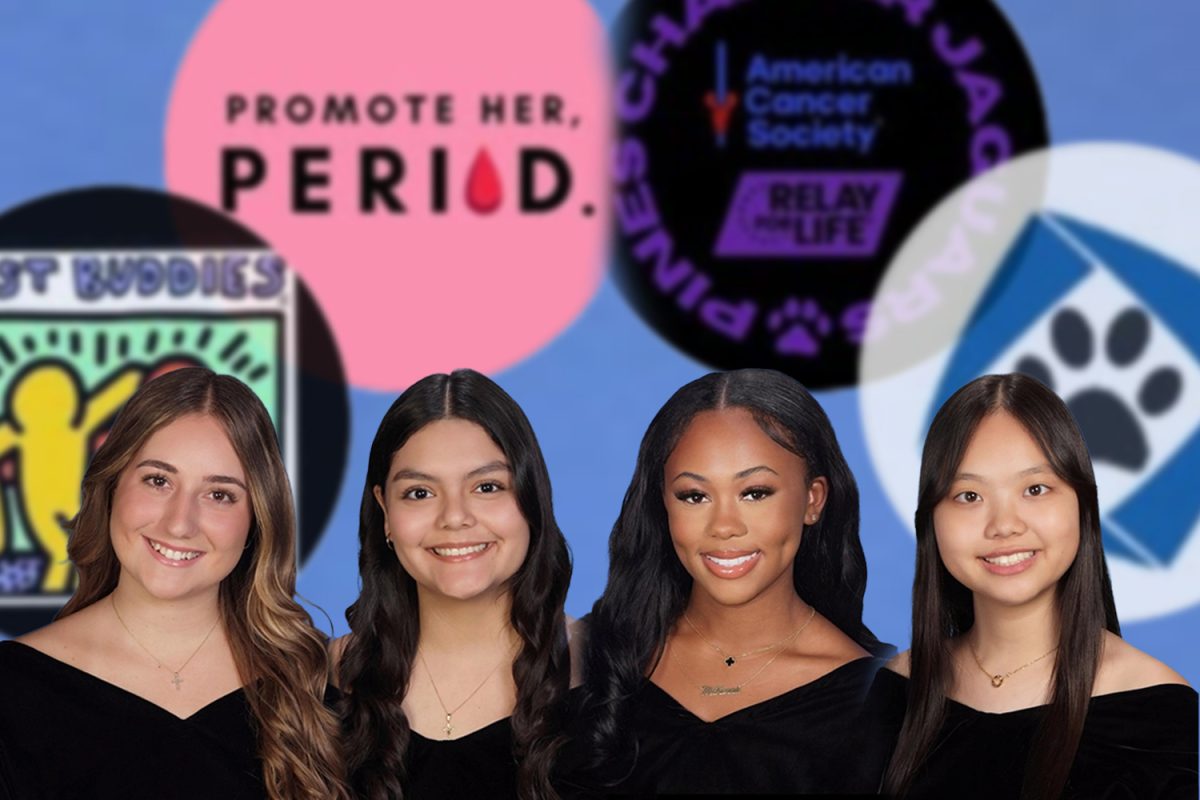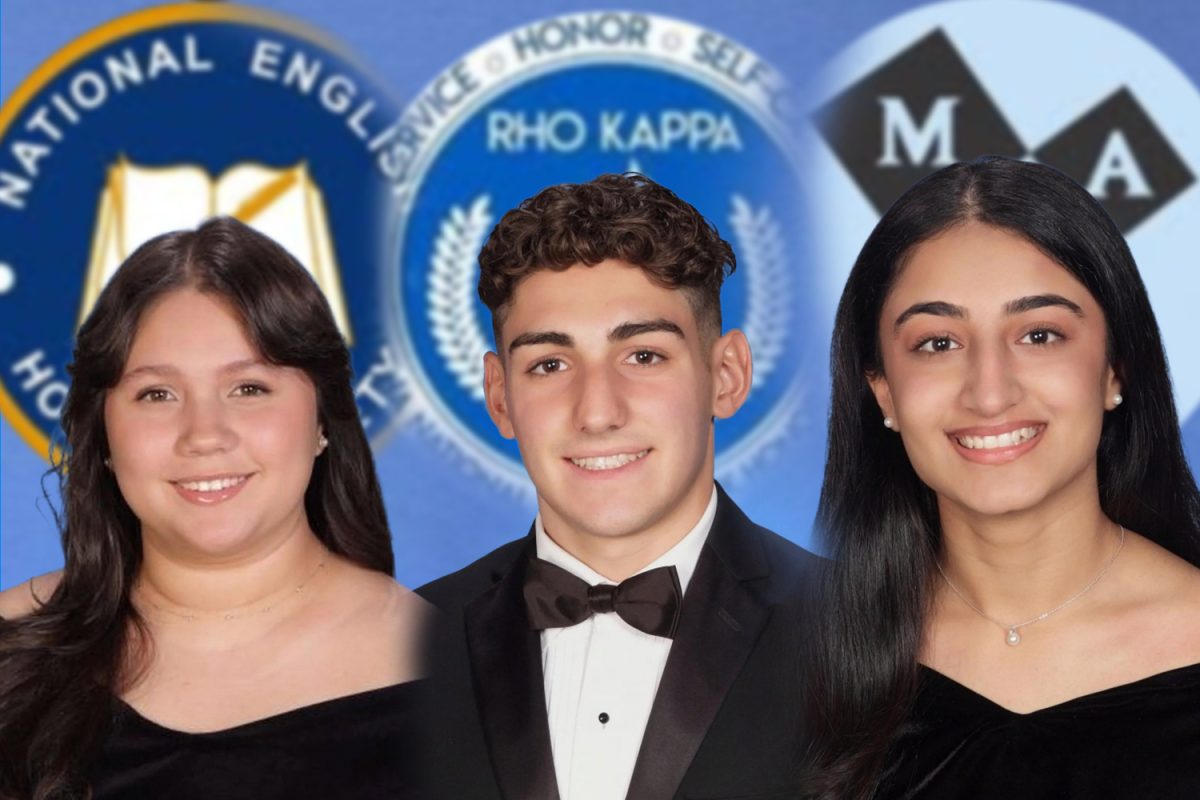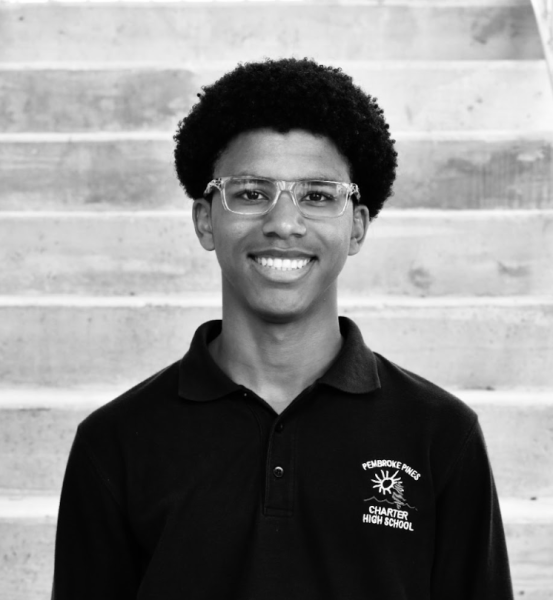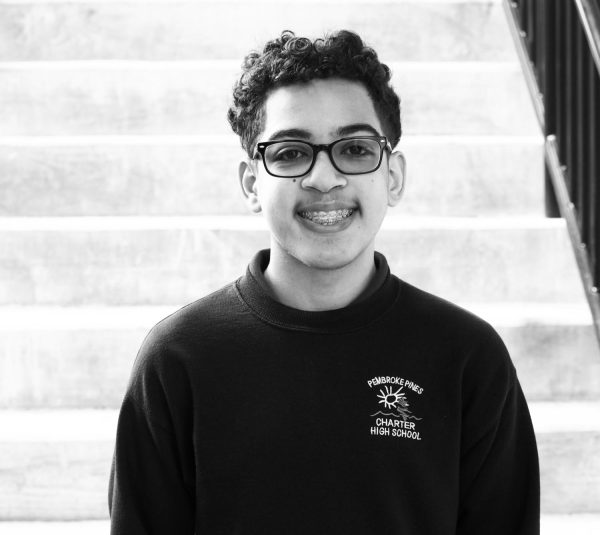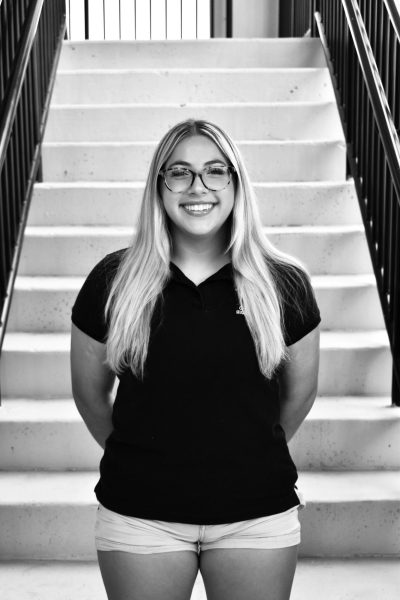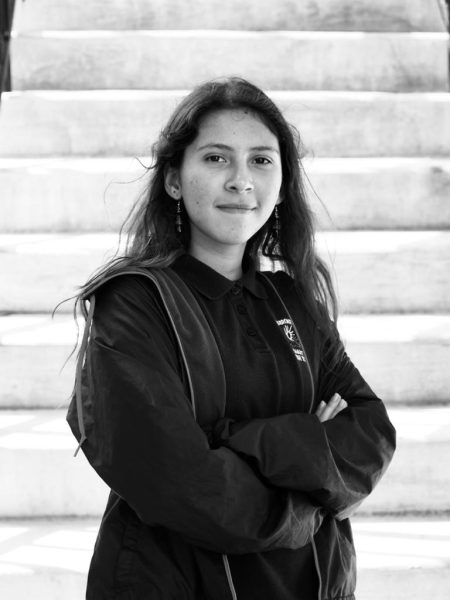“Don’t look up in the sky!” said sophomore Maria Benedek.
All heads pointed upwards today as part of the States went dark under the ominous shadow of our moon; it’s been about seven years since North America witnessed a total solar eclipse. The somewhat rare celestial event occurs when the moon perfectly aligns itself between Earth and the sun, completely blocking the sun’s light from reaching Earth’s surface. During what scientists call “totality”, day turns into dusk for a handful of lucky Americans.
Floridians weren’t fortunate enough to be in the eclipse’s path of totality. In Broward County only about 46 percent of the sun’s disk was actually covered by the moon, so Jags only saw a partial solar eclipse.
But their excitement wasn’t partial. Science Olympiad offered students an opportunity to leave fifth period early. Their exit tickets were ISO-certified solar eclipse glasses which the club sold to students last week during A and B lunch. After the 1:30 announcement, students quickly flocked to the fountain, eclipse glasses in hand, to observe the beginning of the solar eclipse. Such an event isn’t scheduled to cross paths with the United States—at least not in totality—for another 20 years.
“It’s supposed to reach its peak around three.” At 2:20 p.m., Sarah Martinez found herself craning her neck toward the solar eclipse while sitting down at the silver tables to the right of M building. “I think it’s really cool; it’s not something that happens very often,” the sophomore said. “I actually wanted to see it when it was here back in 2017 but I couldn’t, so I’m really glad I’m able to see it now even if [the sun] isn’t fully eclipsed.”
Like Martinez, some underclassmen either missed the 2017’s solar eclipse or retained only vague memories of it. That was likely the case for a group of sophomores who took refuge from the beating sun under the covered tables at the fountain.
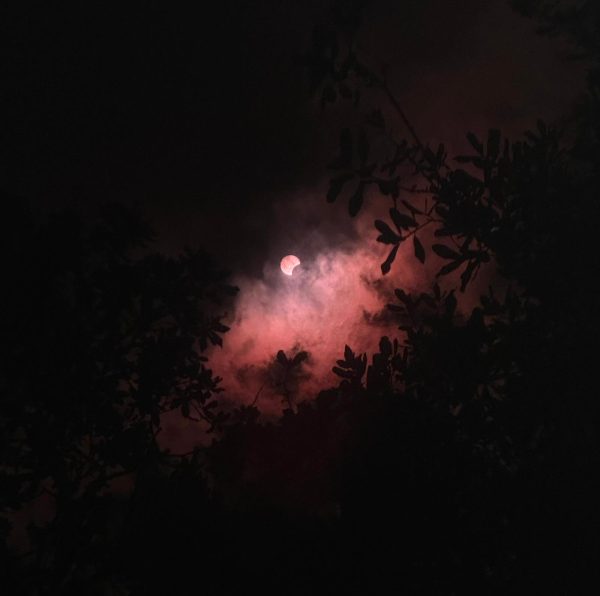
At 2:33 p.m. one of those sophomores, Liam Moore, described the astronomical scene unfolding in front of him. “It’s absolutely beautiful. It looks almost like the moon, like a crescent moon, but one a thousand times brighter,” he said beneath the black lenses of his eclipse glasses.
Next to him stood another sophomore, Gregory Frances, equally awe-struck as he aimed his eyes to the sky. “The solar eclipse, especially if it hits that perfect point, is one of the most beautiful things you can see as a person on earth. It’s really majestic and a lot of people don’t experience it, so you really [have] to take in the fact that you get to see stuff like this,” he said.
While dodging Pembroke Pines’ intermittent cloud coverage, the solar eclipse peaked at around 3:00 p.m. before completing the same motion in reverse.
“It was such an incredible experience in a way because it’s so weird that something like this can actually happen,” said senior Coralie Richardson. “Science Olympiad was really cool for giving us glasses and allowing us all to participate in it.”
The club’s president, Emily Brown, commended her team’s efforts in selling tickets and promoting the event despite being away last week to compete for HOSA. “Ms. Estevez was amazing in planning it. She got all the glasses ordered. I was in Orlando the entirety of [last] week, so I wasn’t there to sell the glasses; a lot of my officers helped me with that.”
By 3:30, most of the students had emptied the school to return home, but not without a story to tell at dinnertime of that same sun setting in the kitchen.
“During the first eclipse I was alive to see, I didn’t get to experience it and I didn’t know the next [time] I would be able to,” Coralie said, grateful.
Students won’t receive another humbling reminder of how overwhelmingly powerful the solar system can be until around 2044.
“It’s a pretty rare event,” Emily said. “And I think it’s fun for the kids to come outside and take a look at the sun, because they can’t always see it.” And they especially can’t always witness the astronomical spectacle the universe put on for humans today.
